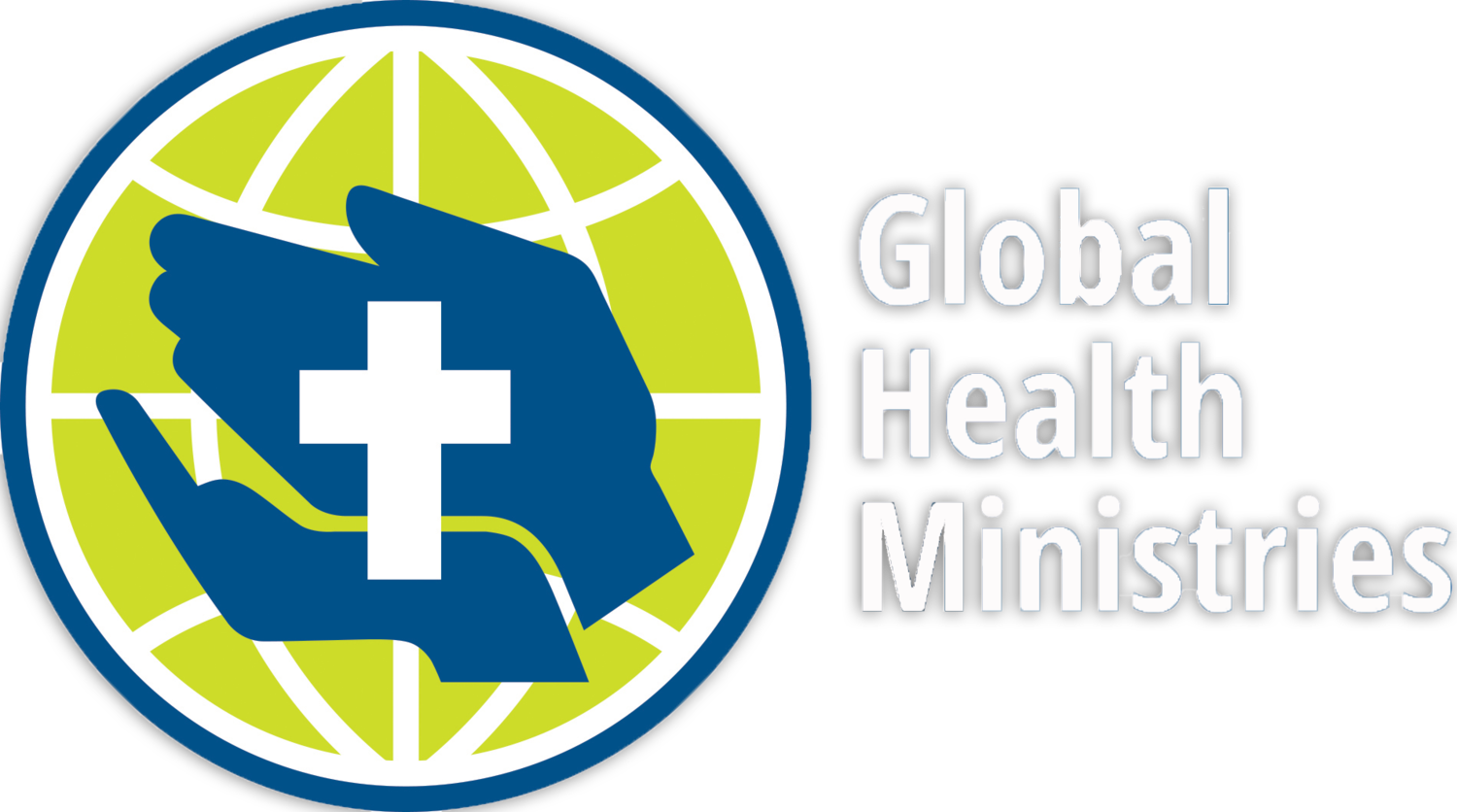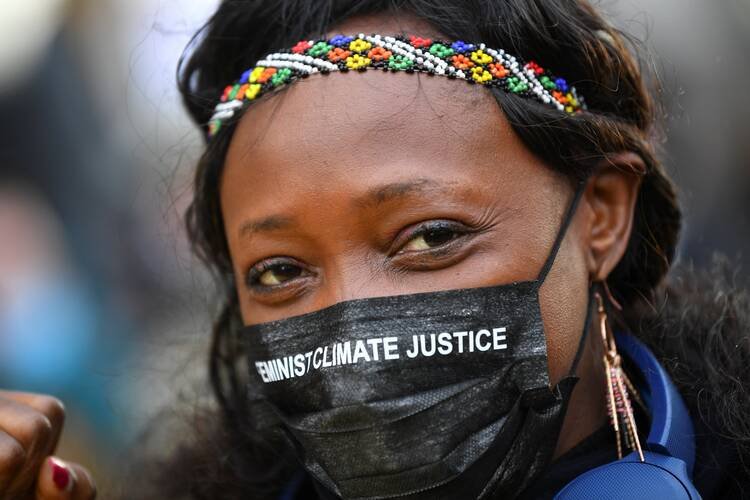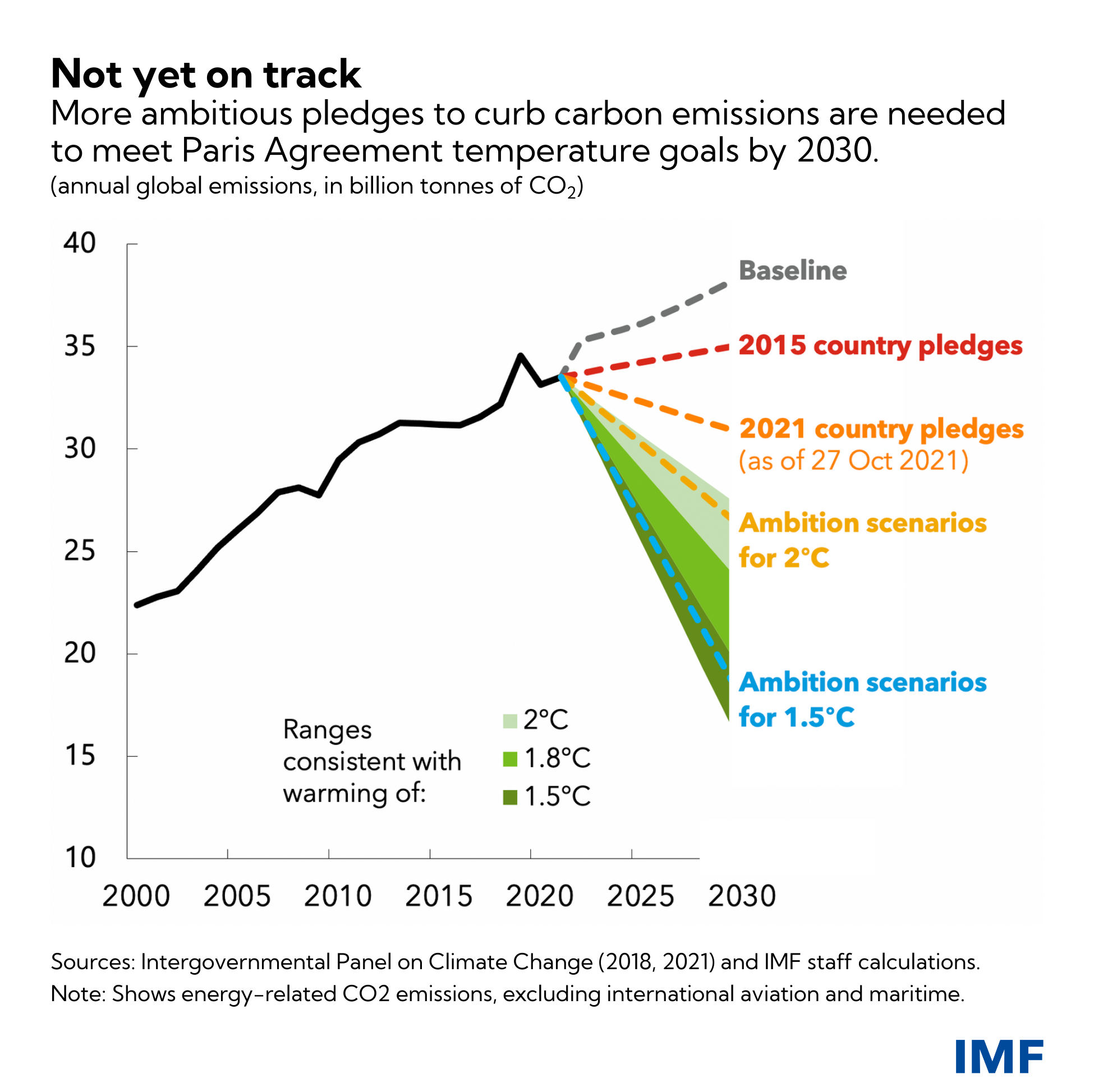CO2 = Climate + Omicron x 2
This is part of a communication series to health leaders in GHM’s partner countries. (sent December, 2021)
A “fragile win.”
~ What a tearful Alok Sharma, the British cabinet minister who presided over the COP26 summit in Glasgow, called the result.
C is for Climate
– It’s Paris* all over again.
The result of the November COP26 summit is the Glasgow Climate Pact, in which, according to the Council on Foreign Relations, “Countries made notable commitments in the Glasgow Climate Pact, but they still fell short of the action needed to keep global warming within manageable levels.”
* the Paris Agreement’s aim to limit global warming to 1.5°C (2.7°F) above preindustrial levels.
Nations united to “Keep 1.5 alive*,” i.e., by recognizing that carbon emissions will have to fall by 45 percent by 2030 to keep alive the 1.5°C goal.
Specifically, nations agreed to:
Coal – “Phase down” (not “out”) coal power, the largest source of global temperature rise, and establish international carbon credit trading rules; and
Commitment – set more ambitious targets next year (2022) to curb emissions and establish annual reporting by country to summarize their progress
Other pledges include:
Capital – 450+ financial institutions promised to align their portfolios ($130 Trillion assets under management) with the goal of achieving net-zero emissions by 2050
Deforestation – 130 nations, possessing 90 percent of the world’s forests, agreed to halt and then reverse deforestation by 2030.
Greenhouse Gas (GHG) - 100+ nations pledged to cut 30 percent of their methane emissions; methane dissipates faster than carbon but has 80 times the warming power as CO2 by 2030.
But words are not action. The Council on Foreign Relations also noted that “Accountability remains a central challenge bedeviling global efforts to combat the climate crisis.”
O is for Omicron
. – A Variant of Concern (VOC), again (WHO)
Omicron is the fifth VOC declared by WHO (the fourth is the Delta variant). A VOC is more problematic than a VOI (variant of interest) due to its greater demonstrated transmissibility, disease severity, and/or ability to evade the immune system.
The Omicron strain has over 30 mutations, potentially making it harder for the immune system to recognize. It was originally found in Botswana and has now been identified in South Africa and as far as Hong Kong.
It is early and experts are still seeking to find an appropriate balance of vigilance without panic.
Omicron appears likely to be more contagious than Delta, including among vaccinated people, but the evidence so far does not indicate that Omicron is causing more severe illness, as measured by rates of hospitalization and death.
Dr. Rudo Mathivha, head of ICU for a Soweto, South Africa hospital, noted that severe cases have been concentrated among people who were not fully vaccinated.
2 is for Again
– We have seen this before.
One Climate+COVID-19 connection: reduced animal habitats due to deforestation and continued human encroachment result in more exposure and “cross-over” potential.
Zoonotic viruses like SARSCoV2 are those that reside in animals and jump to humans; three out of four emerging diseases are zoonotic.
While we do the long-term work to tackle the root causes of climate change, our best short-term defense against Omicron and other COVID-19 variants is still employing the familiar fundamentals:
Get vaccinated and help others do the same;
Mask effectively, social distance and avoid crowds; and
Wash hands
Lessons for Global Health Leaders (ABCs)
Assure we and our global leaders own our nation’s commitments for sustainable health of people and planet;
Be account-able and
Continue to model the behaviors in the above fundamentals
Asante/Gracias/Misaotra/Merci/Thank you for your local and global leadership to achieve SDG 3 “Health for All.”
Rob Thames, FACHE, FHFMA, Director, GHAP (Global Health Administration Partners)
Virus, Vaccinations…and Variants: Update on the Race
Variants – While the SARS-CoV-2 delta variant (B.1.617.2) accounts for the majority of COVID-19 infections and deaths, the new omicron VOC (B.1.1.529) is growing.
Vaccinations - Globally, according to Bloomberg Vaccine Tracker on November 30, 2021:
A shot in the arm: Over 8 Billion doses have been given in 184 countries. The current rate is nearly 36M doses per day; about half of this (18M) are people getting a first shot - at this rate, it would take ~3 months to cover 75% of the population. Because of the variants, it is believed that a higher rate of coverage is needed to achieve a herd immunity effect.
Countries: Globally, 104 doses have been given for every 100 people. But people in high income countries (HICs) have been vaccinated at 10 times the rate of low-income countries (LICs). Cuba leads all countries with 251 doses per 100 population. For reference: Chile is 214, UAE 203, UK 171, EU 143, El Salvador 142, US 138.
Virus – Globally, according to the Johns Hopkins COVID-19 Tracker, the reported COVID-19 infection count as of 30 November is:
5.2M deaths – this is larger than the population of Liberia and nearly that of Norway;
Reality? - A recent study by the Economist using machine learning estimated as many as 17 million people world-wide, more than three times the reported number, had died of Covid-19;
262 million COVID-19 cases have been reported – while experts concur that the actual number of people infected is a multiple of this reported number, it is still larger than the population of all but the four largest countries.


